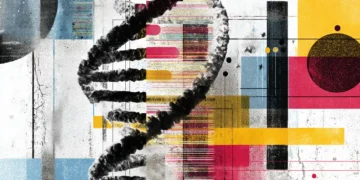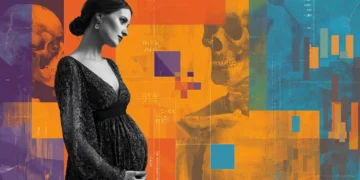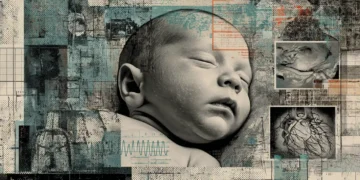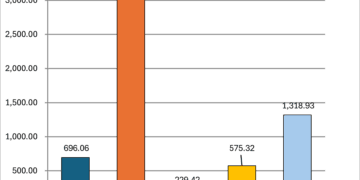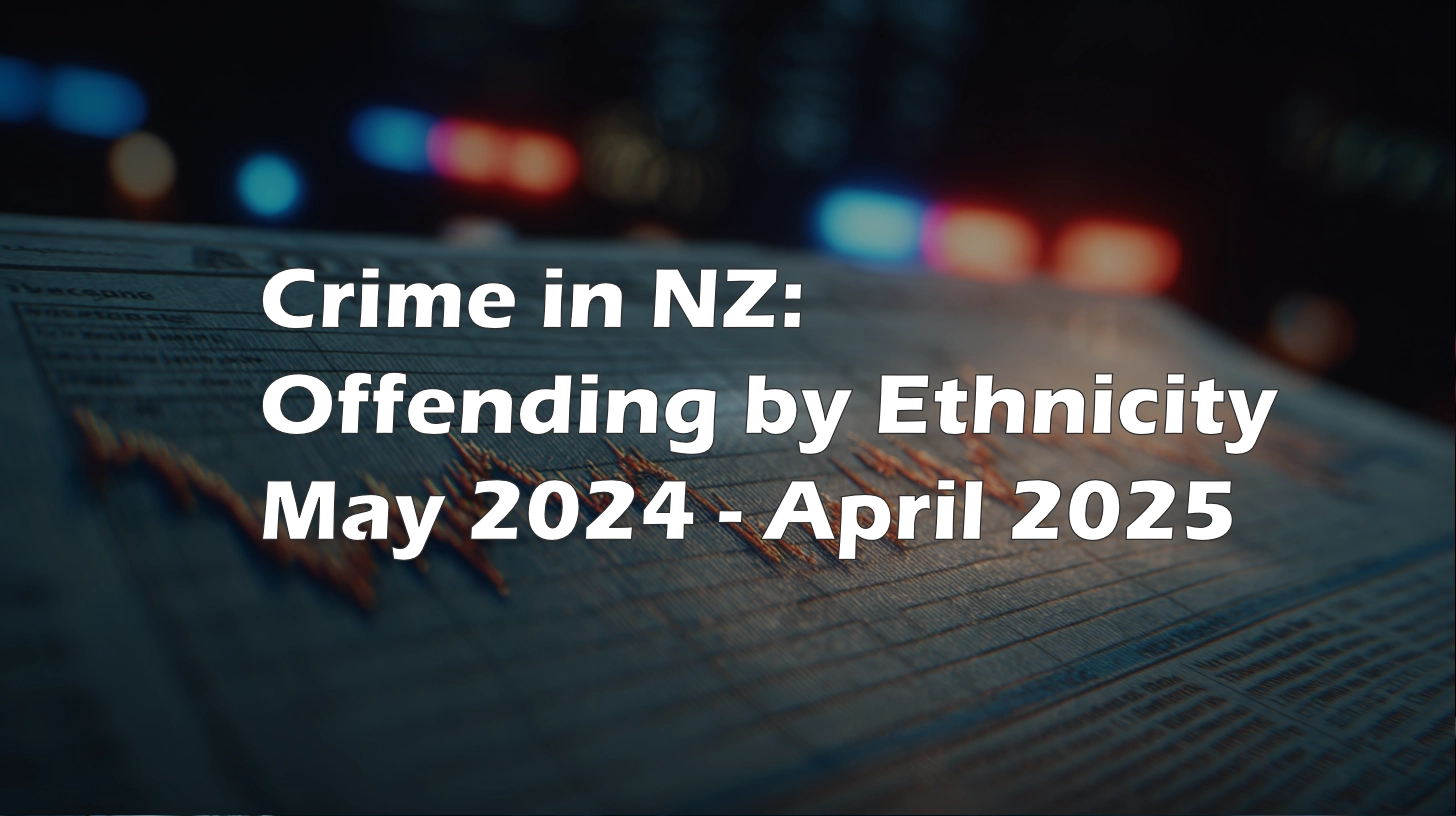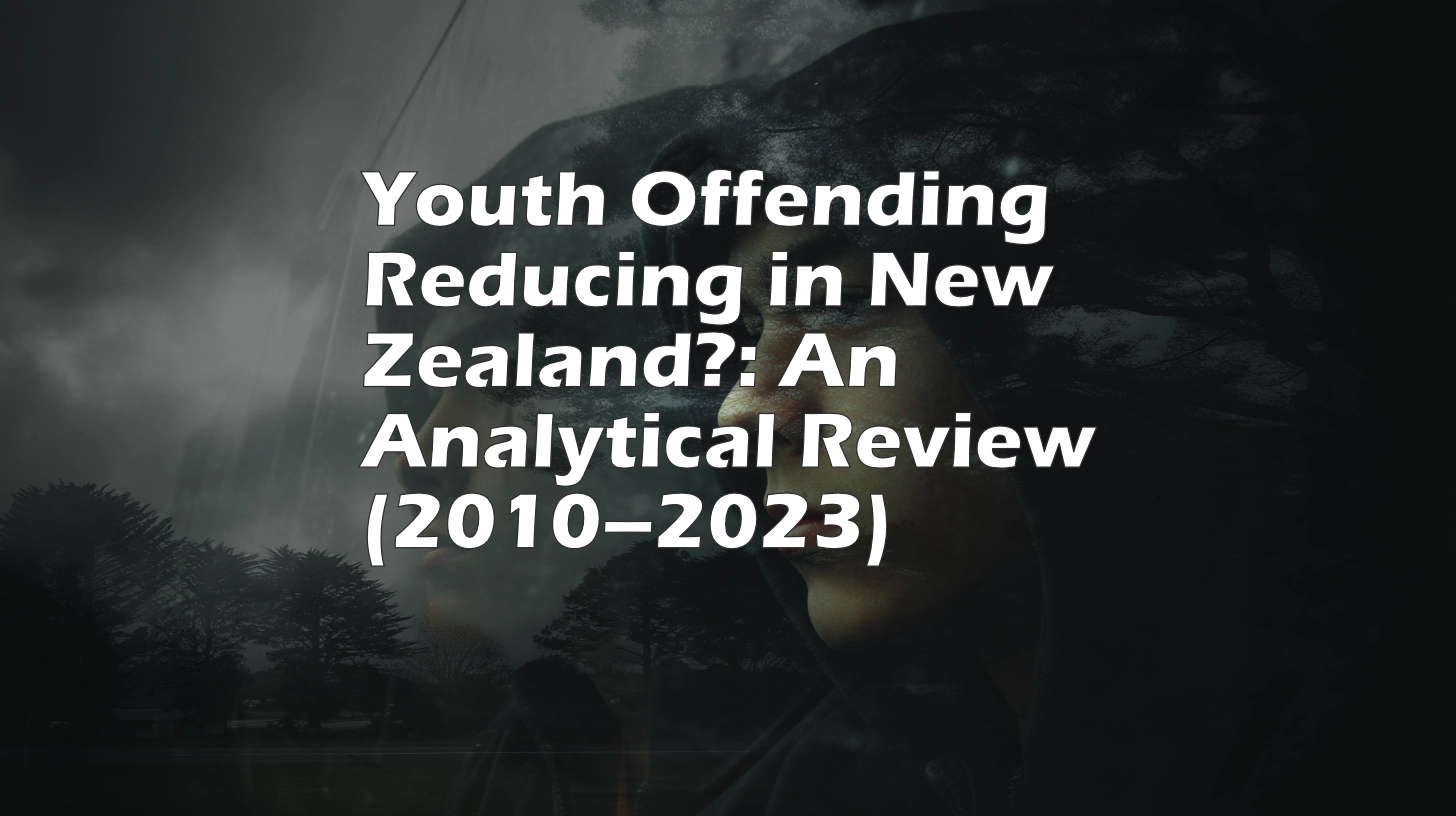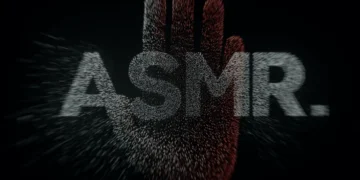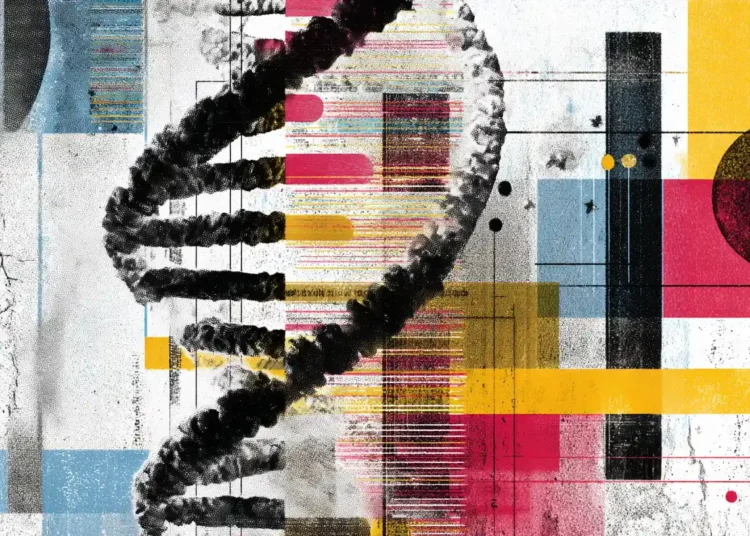🧩 Why 25% of the Puzzle Was Never Going to Be Proof
In 2023, a dataset was leaked that was widely claimed by some to “prove” mass harm from COVID-19 vaccination. The narrative that followed suggested tens of thousands of vaccine-related deaths and attempted to draw sweeping conclusions about national mortality trends. But there was one critical problem, visible from the start — it wasn’t the whole dataset.
In fact, it wasn’t even close.
The file contained approximately 4.1 million dose entries, which represented about 25% of all vaccine doses administered in New Zealand at the time. That’s not a sampling error — it’s a structural one.
❌ What Was Missing?
This data represented only a portion of New Zealand’s vaccination records, specifically from what’s known as the Pay Per Dose programme — a system used to reimburse GPs, pharmacies, and some contracted providers for each dose they administered. It excluded:
Hospital and DHB-administered doses,
Most early Dose 1 and Dose 2 entries,
And critically, 75% of all recorded vaccine doses nationwide.
This means it was missing:
Most of the early vaccine rollout, which disproportionately included the elderly and clinically vulnerable,
Many of the higher-risk dose windows that would be needed to assess real-world mortality signals,
And nearly all of the denominator data needed to calculate anything statistically valid (like per-capita mortality or excess death rates).
📉 What Could It Actually Tell Us?
Not much.
Yes, you could see how many people in that specific system had died. But that alone doesn’t tell you:
How many people survived, which is required to calculate rates,
How many deaths would be expected based on age and time since dose,
Or whether the patterns were different to other datasets — because there was nothing to compare it to.
You can’t determine cause of death from a timestamp. And you can’t draw population-level conclusions from a non-random 25% of the data — especially not when the data is already structurally skewed.
🧠 The Real Lesson
There are valid questions to ask about health outcomes, vaccine safety, and mortality. But these questions require cohort-based, age-stratified, and statistically complete data — not a leaked subset of a reimbursement spreadsheet.
The government has released datasets under the Official Information Act that include:
Deaths by age, dose number, and time since last dose,
National mortality trends, and
Vaccine administration records across the full population.
Those are the tools of proper analysis. The stolen data? It wasn’t proof — it was a quarter of a jigsaw puzzle, missing all the edges, and held upside down.


